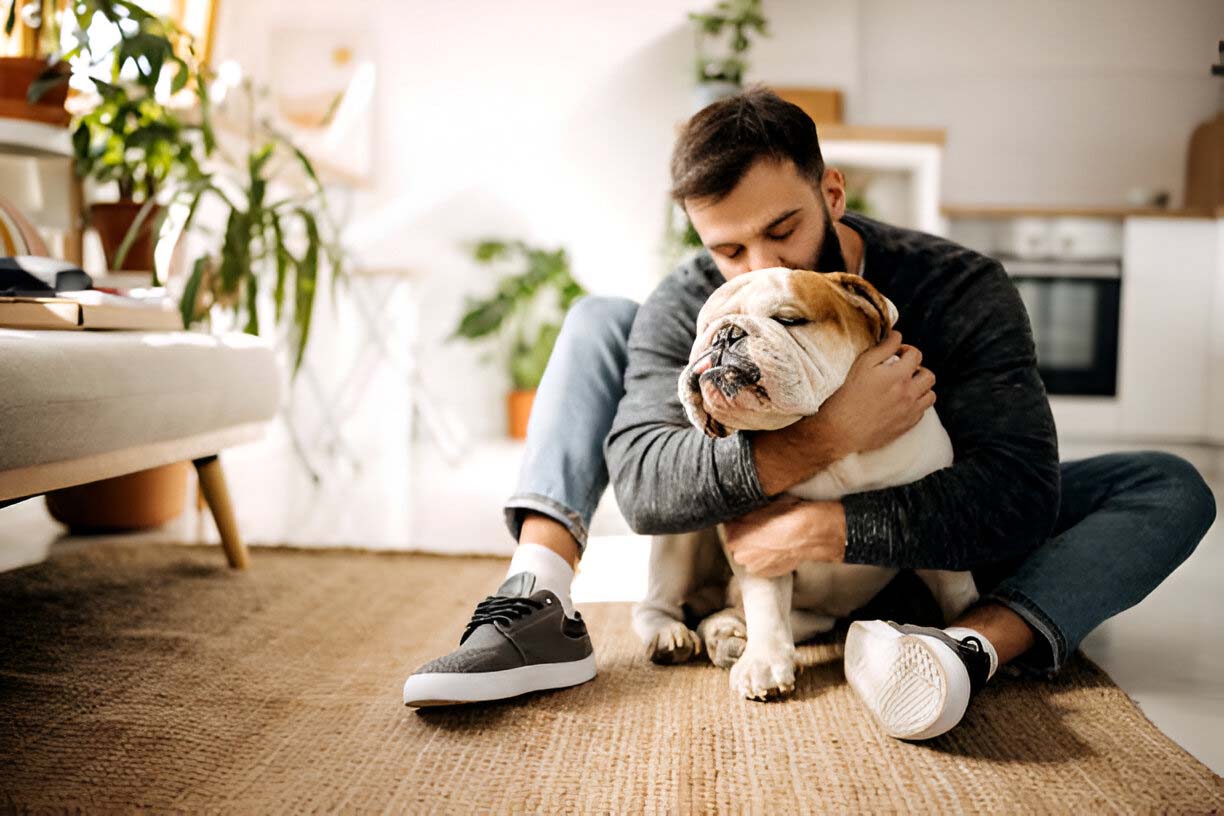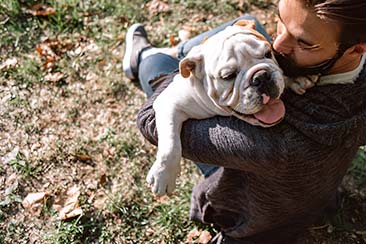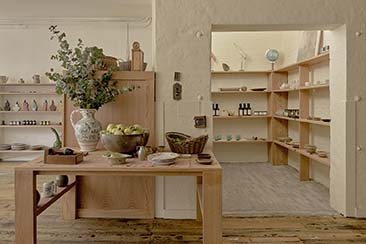Having a happy dog isn’t just about ownership; it’s about companionship, care, and ensuring their happiness. Whether you’re a new dog owner or looking to enhance your canine companion’s well-being, this guide will steer you through the essentials of keeping your furry friend content, well-fed, and safe. One such safety essential is implementing a geo fence for dogs, which ensures they stay within designated boundaries without the need for physical barriers. This guide also explores other products that cater to their needs, including chews for dogs and more.
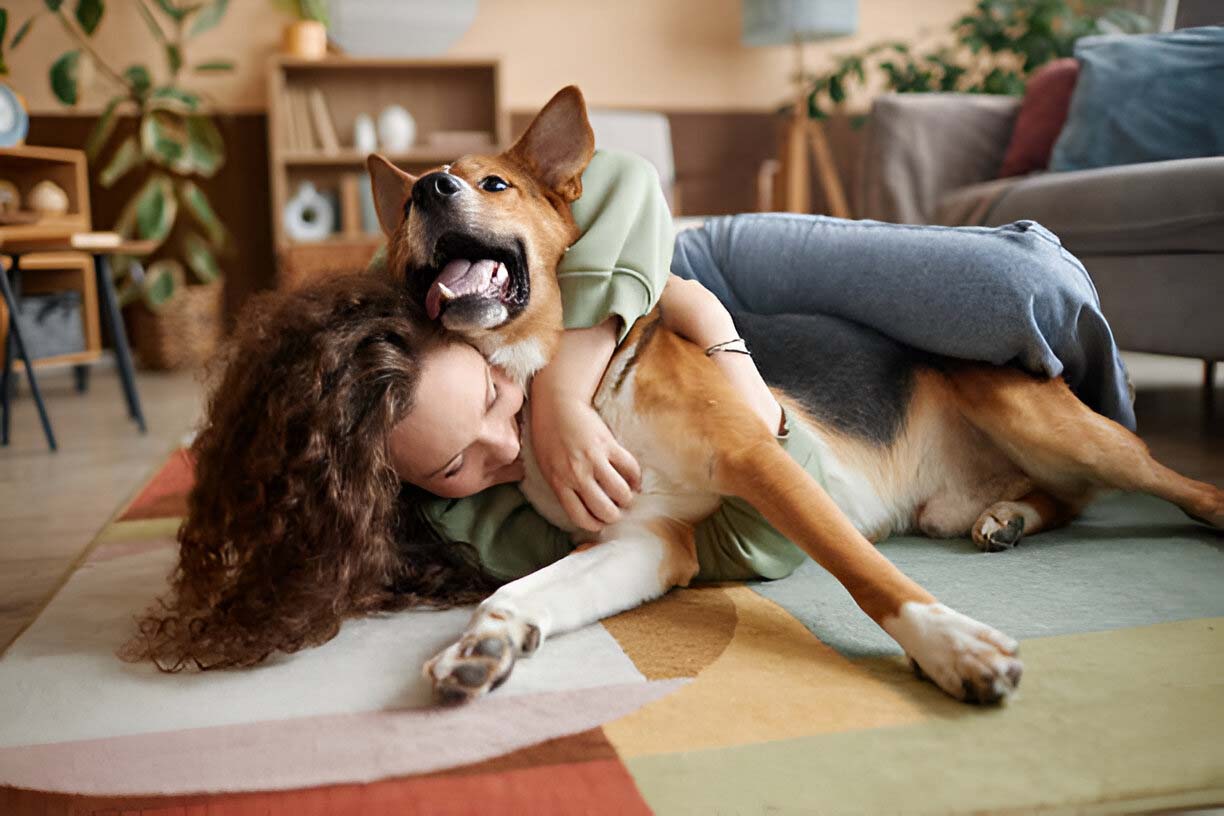
Ensuring Happiness
A happy dog is one that feels loved, secure, and engaged. Here’s how you can ensure your dog’s happiness:
1. Quality Time and Attention: Dogs thrive on companionship. Spend time playing, cuddling, and interacting with your dog. This strengthens your bond and keeps them emotionally fulfilled.
2. Exercise and Enrichment: Regular exercise is crucial for a dog’s physical health and mental stimulation. Take your dog for walks, play fetch, or engage in other activities that match their energy level and breed characteristics.
3. Positive Reinforcement: Reward good behavior with treats, praise, or affectionate gestures. Positive reinforcement encourages desired behaviors and fosters a positive relationship between you and your dog.
4. Comfort and Security: Provide a cozy bed or crate where your dog can rest undisturbed. Dogs appreciate having a safe space that is their own, offering them security and comfort.
5. Mental Stimulation: Keep your dog’s mind engaged with puzzle toys, interactive games, or training sessions. Mental stimulation prevents boredom and helps channel their energy in constructive ways.
What to Feed Your Dog
Nutrition plays a pivotal role in your dog’s overall health and well-being. Choosing the right chew for dogs they receive essential nutrients and maintain a healthy weight. Consider these guidelines when selecting dog food:
1. Balanced Diet: Opt for dog food that is balanced and complete for their life stage (puppy, adult, senior). Look for labels indicating it meets the nutritional standards set by regulatory bodies.
2. Protein Sources: Dogs need protein for muscle maintenance and energy. Choose dog foods with high-quality protein sources like chicken, beef, lamb, or fish.
3. Essential Nutrients: Ensure the food contains vitamins, minerals, and fatty acids (omega-3 and omega-6) necessary for overall health, skin, and coat condition.
4. Avoid Harmful Ingredients: Steer clear of dog foods containing excessive fillers, artificial additives, or ingredients your dog may be allergic to.
5. Consult Your Vet: Consult your veterinarian to determine the best diet for your dog’s specific needs, especially if they have health concerns or dietary restrictions.
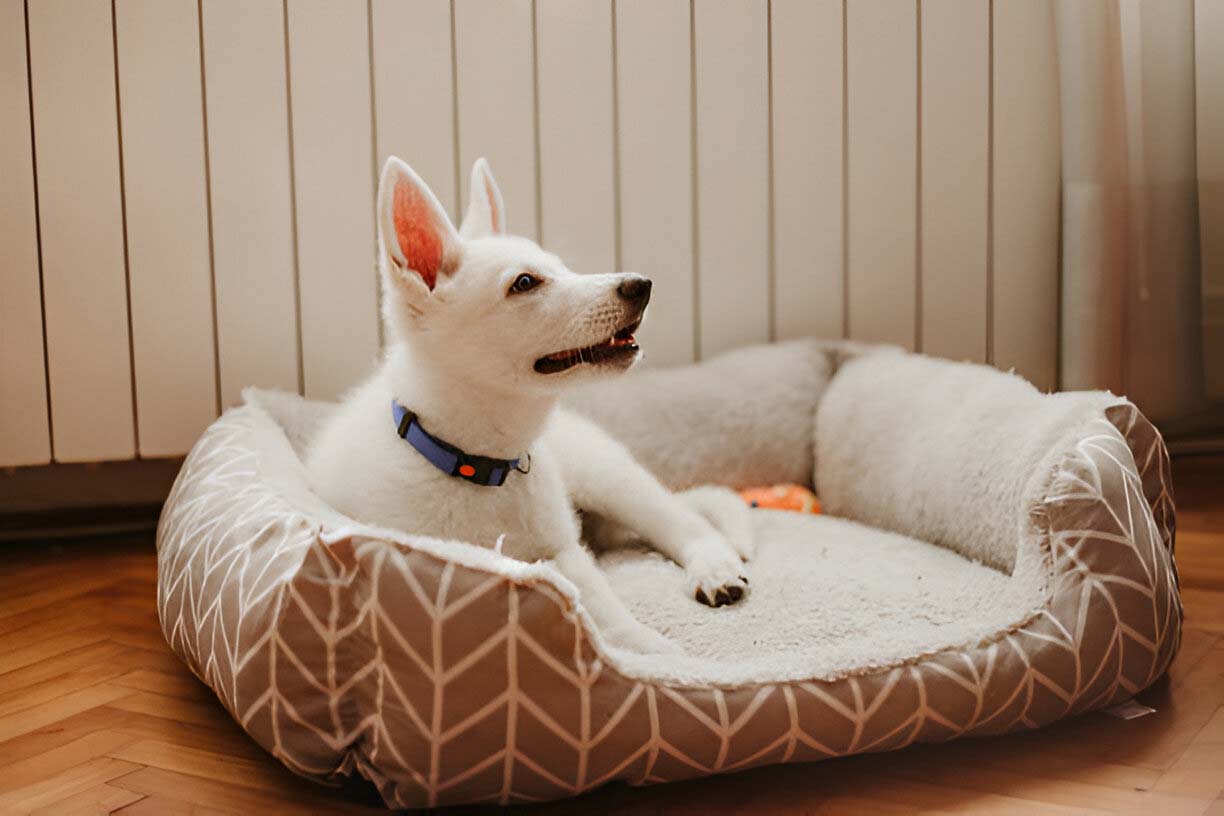
Products to Enhance Your Dog’s Life
From grooming to entertainment, choosing the right products can significantly improve your dog’s quality of life:
1. Grooming Essentials: Invest in brushes, combs, and shampoos suitable for your dog’s coat type. Regular grooming not only keeps them clean but also strengthens your bond through touch.
2. Comfortable Bedding: Provide a comfortable bed that supports your dog’s joints and provides insulation from cold floors. Consider orthopedic options for older dogs or those with joint issues.
3. Toys and Enrichment: Toys serve as both entertainment and mental stimulation. Choose toys that are safe, durable, and cater to your dog’s preferences, whether they enjoy chewing, fetching, or interactive play.
4. Training Aids: Training aids such as clickers, treat pouches, and training treats can facilitate effective training sessions, promoting good behavior and mental engagement.
5. Safety and Travel Gear: Equip your dog with a sturdy leash, harness, and identification tags for outings. If you travel frequently, consider a comfortable crate or seatbelt harness for their safety in transit.
Additional Tips for a Happy Dog
1. Regular Veterinary Care: Schedule routine check-ups with your veterinarian to monitor your dog’s health, administer vaccinations, and address any concerns early on.
2. Hydration: Always provide access to fresh water, especially after physical activity. Proper hydration is crucial for your dog’s overall health and well-being.
3. Socialization: Introduce your dog to new people, animals, and environments gradually to help them feel confident and comfortable in different situations.
4. Dental Care: Brush your dog’s teeth regularly and provide dental chews or toys to promote oral health and prevent dental issues.
5. Monitoring Weight: Monitor your dog’s weight and adjust their diet and exercise accordingly to prevent obesity, which can lead to various health problems.
6. Love and Affection: Above all, shower your dog with love, affection, and attention. Your bond with them is built on mutual care and trust, enriching both of your lives.
Creating a Healthy Routine for Your Dog
Establishing a structured routine is fundamental to maintaining your dog’s health and happiness. Dogs thrive on consistency and knowing what to expect each day. Here are key components to consider when creating a healthy routine for your furry friend:
Regular Feeding Schedule
Consistency in feeding times helps regulate your dog’s digestion and prevents overeating. Depending on your dog’s age and breed, establish a feeding schedule that suits their needs. Puppies typically require more frequent meals compared to adult or senior dogs.
Daily Exercise Plan
Exercise is essential for your dog’s physical fitness and mental well-being. Plan daily activities that align with your dog’s energy level and breed characteristics. This could include morning walks, play sessions in the yard, or visits to a dog park. Tailor the intensity and duration of exercise to keep your dog engaged and healthy.
Scheduled Bathroom Breaks
Establishing a routine for bathroom breaks helps prevent accidents indoors and supports bladder health. Take your dog outside at consistent intervals, especially after meals and naps. Use positive reinforcement when they relieve themselves outside to reinforce good habits.
Grooming and Hygiene
Regular grooming not only keeps your dog clean but also contributes to their overall health. Depending on your dog’s coat type, establish a grooming schedule for brushing, bathing, and nail trimming. This routine not only promotes hygiene but also allows you to check for any skin issues or parasites.
Bedtime Rituals
Create a calming bedtime routine to help your dog wind down at the end of the day. Provide a comfortable sleeping area and establish a consistent bedtime. This routine signals to your dog that it’s time to relax and promotes better sleep quality.
Mental Stimulation Activities
Incorporate mental stimulation into your daily routine to keep your dog’s mind active and prevent boredom. Use puzzle toys, training sessions, or interactive games throughout the day. Mental engagement is particularly important for breeds known for their intelligence or high energy levels.
Social Interaction
Dogs are social animals and benefit from interaction with both humans and other dogs. Schedule time for socialization activities such as playdates with other friendly dogs or visits to dog-friendly parks. Positive social experiences help reinforce your dog’s well-being and reduce anxiety.
Regular Veterinary Check-ups
Routine veterinary visits are crucial for monitoring your dog’s health and catching any potential issues early. Schedule regular check-ups based on your veterinarian’s recommendations, and keep vaccinations and preventive care up to date. Your vet can also provide guidance on nutrition, exercise, and overall well-being tailored to your dog’s individual needs.
By implementing these components into your daily routine, you’ll create a stable and fulfilling environment for your dog. Consistency, love, and attention are key to fostering a happy and healthy relationship with your canine companion.
Remember, each dog is a cherished companion deserving of our best efforts to keep them happy and thriving. By investing time, care, and consideration into their well-being, you’re not only enriching their life but also experiencing the joy and loyalty that dogs bring into ours.
Conclusion
By prioritizing your dog’s happiness, nutrition, and access to quality products, you can ensure they lead a fulfilling life as your beloved companion. Remember, each dog is unique, so observe their preferences and adjust your care accordingly. With these guidelines, you’re well-equipped to provide your dog with everything they need to thrive and be truly happy by your side.
Taking care of a dog involves a commitment to their well-being on multiple fronts. By prioritizing their happiness through companionship, exercise, and mental stimulation, you lay the foundation for a strong bond and a contented pet. Ensuring they receive a balanced diet tailored to their nutritional needs is essential for their health and longevity. Lastly, selecting the right products—from grooming tools to toys—can greatly enhance their daily life and overall happiness.
